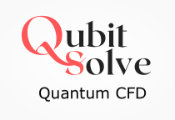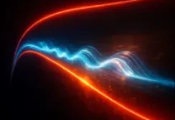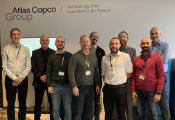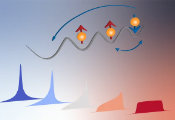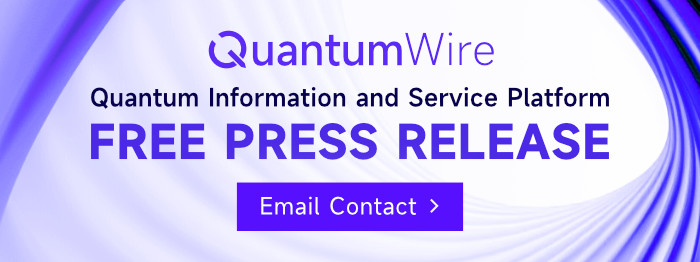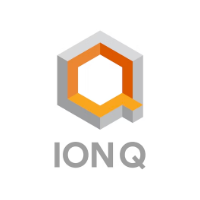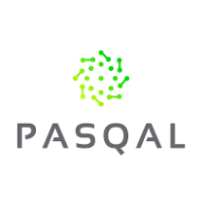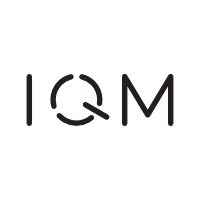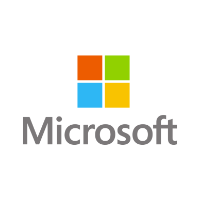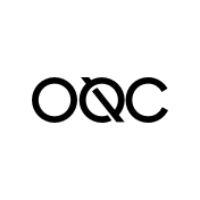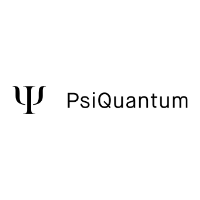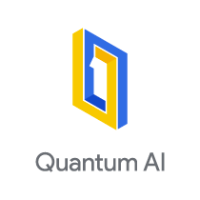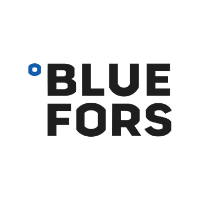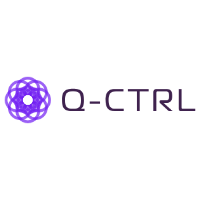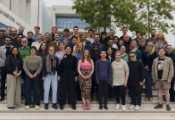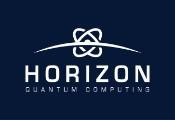Novel Quantum Computer Building Blocks: Replacement-Type Quantum Gates
Innsbruck, Hamburg, August 06, 2025 -- In a major shift from conventional paradigms, a group of physicists at ParityQC have introduced a new class of quantum gates, called replacement-type gates. Detailed in a new paper, these gates can be implemented on different hardware platforms, including neutral atoms and spin qubits, and aim at drastically reducing the overhead required for quantum error correction.
A conventional quantum gate works by bringing two qubits into contact, allowing the interaction between them to continuously change their state. In the new paper “Replacement-Type Quantum Gates”, a group of physicists at ParityQC (Florian Ginzel, Javad Kazemi, Valentin Torggler, Wolfgang Lechner) present a new method which reimagines gate operations entirely. Instead of pairwise interaction and rotating qubits, the new approach relies on candidate qubits prepared in the possible outcome states of the gate. The gate itself selects the candidates with the targeted states which then replace the original qubits, hence the name replacement-type gates. This process is free of rotations and occurs within a large Hilbert space, therefore it circumvents the limitations of a known no-go theorem which forbids noise-bias-preserving operations on most qubit types.
Preserving noise bias for efficient error correction
One of the most promising advantages of this method is its potential to preserve the intrinsic noise bias of physical hardware platforms, such as the predominance of phase-flip errors in spin qubits or Rydberg atom qubits. This is crucial, because noise bias can be exploited to drastically reduce the resource demands of quantum error correction (QEC). However, most conventional gate sets (especially those involving CNOT decompositions into Hadamard and CZ gates) destroy this noise asymmetry, making them incompatible with efficient, bias-exploiting codes. Replacement-type gates avoid this problem, offering bias-preserving gate operations and thus providing a key advantage for implementing error correction schemes.
Towards early fault tolerance with less overhead
The researchers propose concrete examples of replacement-type X and CNOT gates on both Rydberg atom qubits and spin qubits in quantum dots, showcasing broad applicability across major quantum hardware platforms. This new gate concept could play a key role in enabling early fault-tolerance, by reducing the need for large overheads typically required in QEC. With preserved noise bias, asymmetric or even classical codes can be used effectively, drastically cutting the number of required qubits and operations.
The novel concept aligns closely with the long-term vision for the ParityQC Architecture. “This breakthrough was proposed to further leverage the strengths of the ParityQC Architecture” states Florian Ginzel, Quantum Hardware Physicist at ParityQC. “Our Architecture can be understood as an error correcting code itself. If it can rely on a noise-bias-preserving gate set, its redundant encoding allows error correction and fault-tolerant quantum computing with biased-noise qubits”.
“This is a foundational change” say Wolfgang Lechner and Magdalena Hauser, co-CEOs at ParityQC. “We’re not just improving gates, we’re proposing a whole new class of gate operations that could make early fault tolerance a practical goal, especially for architectures like ours that already exploit noise bias. We anticipate exciting and promising new designs for quantum computing from further exploring this path.” An international patent application for this technology has been filed, underscoring its novelty and potential impact.
Key points of the invention
A new paradigm for gate design
Replacement-type quantum gates break from traditional rotations by introducing candidate qubits and an extended Hilbert space, enabling computation without physical qubit rotations.
Enhanced noise-bias preservation
The method approximately maintains the intrinsic noise bias of hardware platforms, allowing for the use of resource-efficient asymmetric or even classical error correction codes.
Practical examples for real hardware
Replacement-type X and CNOT gates are proposed for both Rydberg atoms and quantum dots, showing versatile applicability across major quantum platforms.
Towards scalable fault-tolerant quantum computing
By preserving the noise bias and reducing error correction overhead, replacement-type gates offer a new path towards early fault tolerance, especially for layouts like the ParityQC Architecture that natively leverage noise bias.


